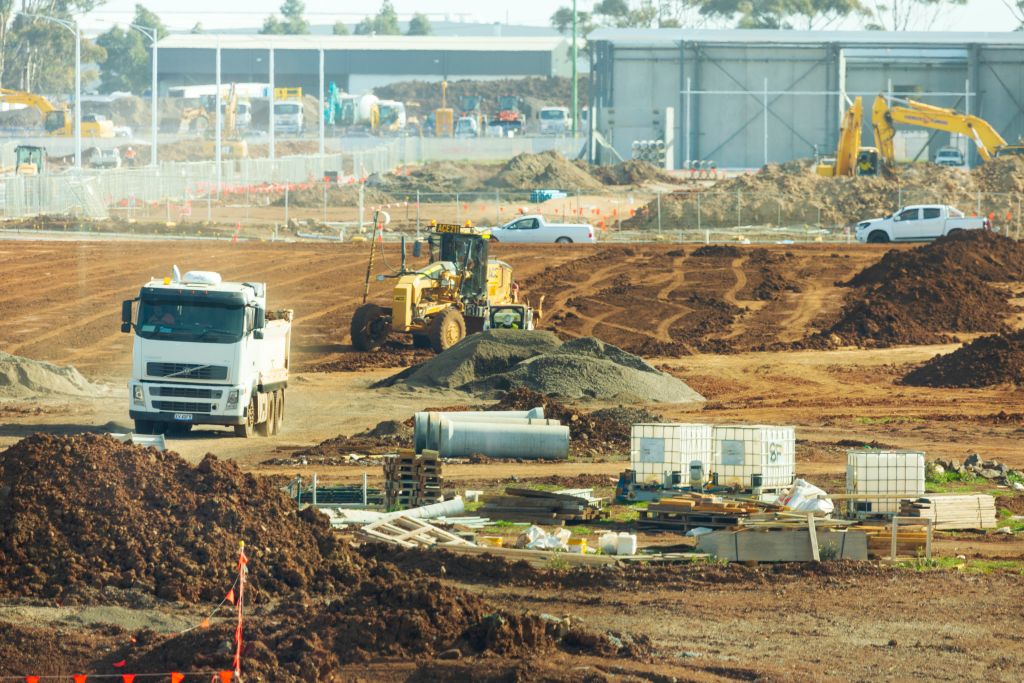With above-average demand and limited supply, the market for industrial land across Australia’s major cities is witnessing a “perfect storm”. Vacancy rates are at an all-time low – officially 0.0 per cent in Sydney’s north and metro west zones – so, it’s no surprise that prices are going up.
“Pre COVID-19, the industrial section was doing well, but COVID amplified that,” Colliers director of research Luke Crawford said. “For retailers, the ‘just-in-time’ model was the norm – they would hold enough stock for two weeks – but since overseas supply chains were so disrupted by COVID, they are now holding 20-30 per cent more stock ‘just in case’. That means they need extra warehousing.”
As well as increased demand for storage, driven by the growth in e-commerce as well as traditional retail markets, demand for manufacturing space has also increased, with more goods being made here. “It has been very diverse, and that’s why the demand has been so high,” Crawford says.
Colliers’ research recorded year-on-year growth in land prices of 50.2 per cent in Sydney (to $1880 per square metre) and a massive 86.7 per cent growth in Melbourne, off a lower base.
Rising prices induced some companies to move. “Melbourne’s west has seen increased interest from data centre providers because the cooler climate also means they spend less on air-conditioning,” Crawford explains. “But Tasmania is still not coming online because [companies] need to be near large population centres.”
Some national companies, unable to expand on the east coast, have built capacity in South Australia instead, Crawford says.
“Perth has been the real surprise,” he adds. “It tends to be cyclical due to mining, but at the moment, it’s got the highest level of occupancy and the lowest vacancy rate in the country.” Perth’s vacancy rate fell sharply from 1.7 per cent in the first quarter of 2022 to just 0.2 per cent in the second quarter, and, on an annual basis, prime rents jumped by 20 per cent.
While owner-occupiers are buying smaller blocks of land, larger property sales are going to investment funds, Knight Frank’s head of industrial logistics, Mark Clifford, said. “There’s virtually no industrial land left, so they’re buying what they can to build sheds and lease them.
“Until 12-18 months ago, industrial rents in Brisbane hadn’t changed for 15 years, but now it’s seeing big growth. Brisbane, Sydney, Melbourne and Perth are obviously in the crosshairs, but Adelaide, which is traditionally not chased as hard … all major groups are looking to buy there, too.”
